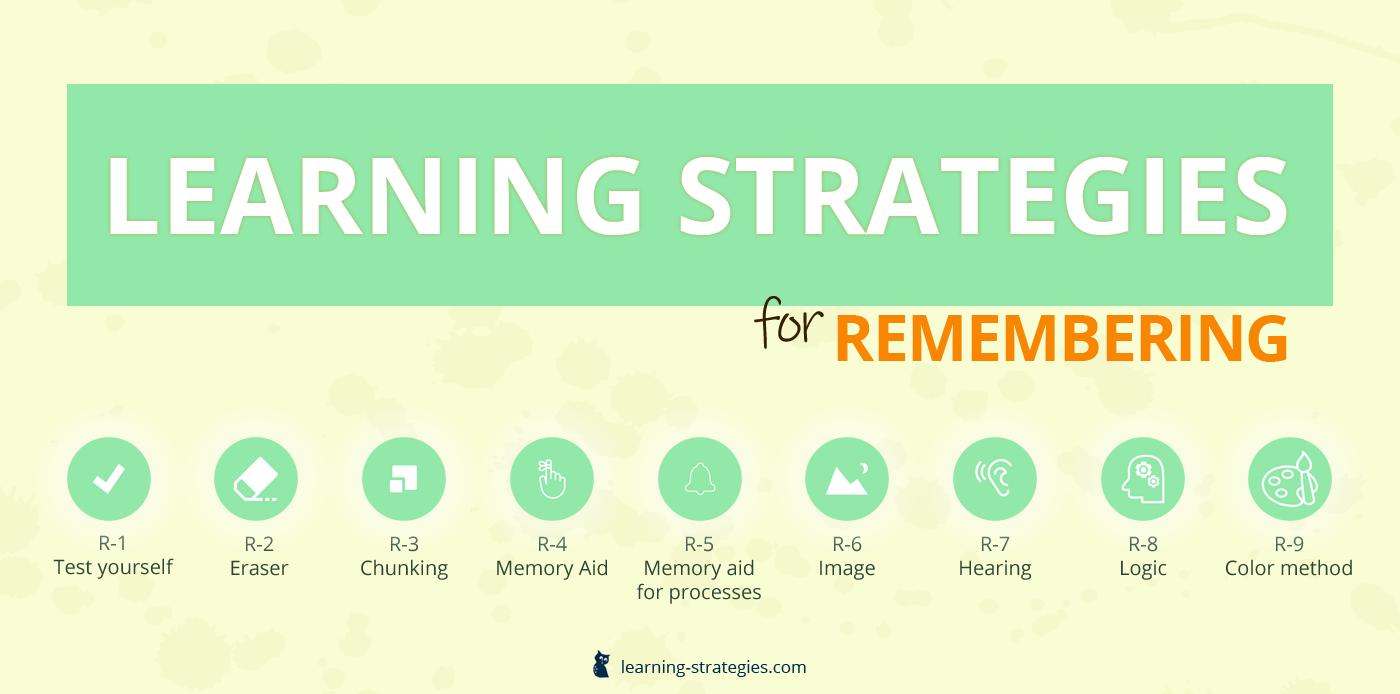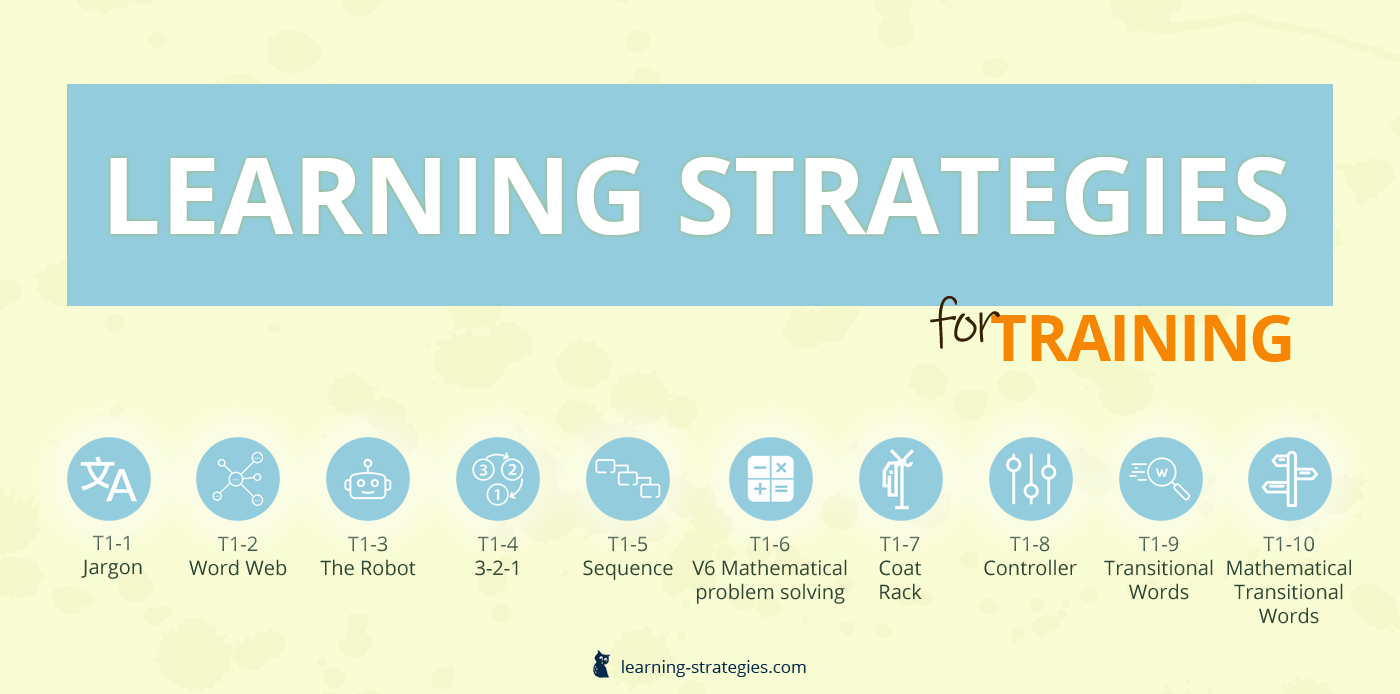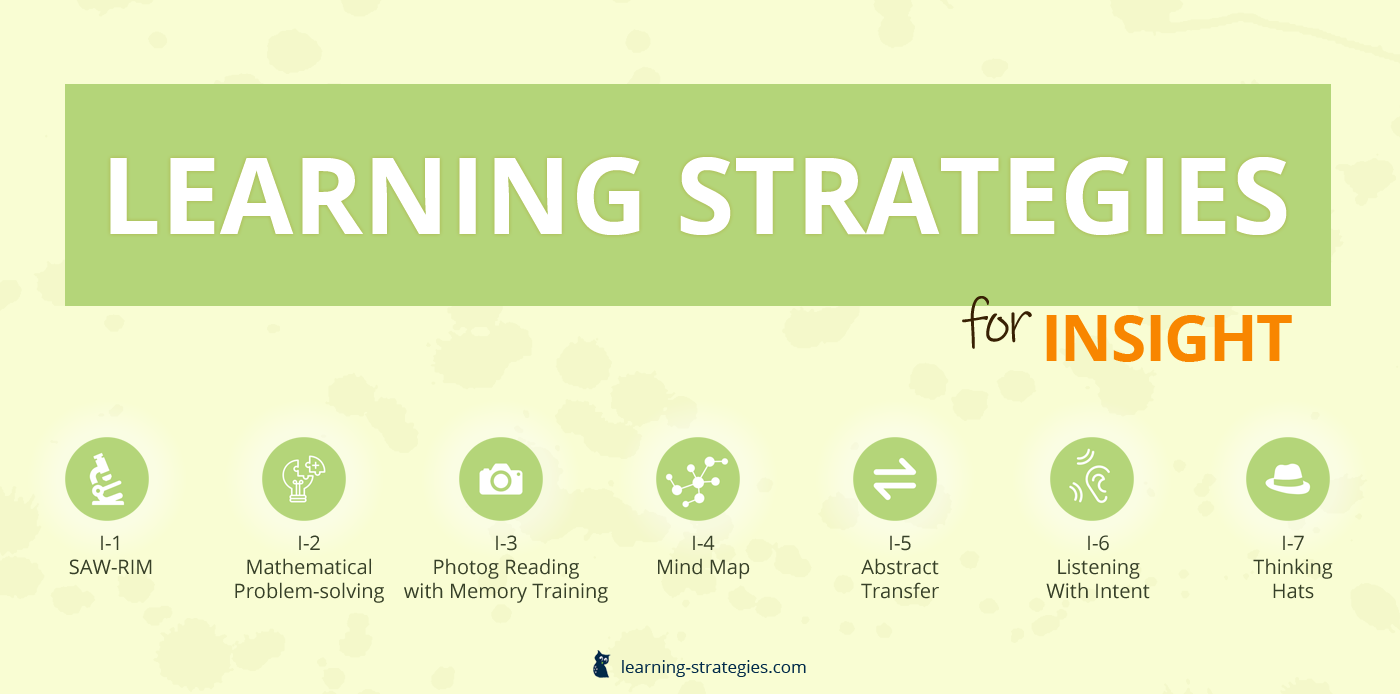How am I supposed to memorize 135 French words? How can I pick out the main points in a text? How do I solve that difficult math problem? How can I get full credit on analysis questions? How does information get into my brain? How can I learn faster? Can I affect the development of my brain?
On this website, you’ll find tips and methods for better and more effective learning. These tools will help you get better grades, and get more out of the time you spend doing your homework.
And that means more time for other things.
The learning strategies on this site link to the four cognitive levels: Remember, Training, Transfer and Insight. Virtually all teaching material, chapters and sections, questions in your tests and evaluation belong to one of these categories.
There are also learning strategies that deal with behavior and approach, e.g. KWL and S5 are about understanding structure, which you then can use in a smart way.
To gain a better understanding of how you learn, it is helpful to understand the four cognitive levels.
R: Remember
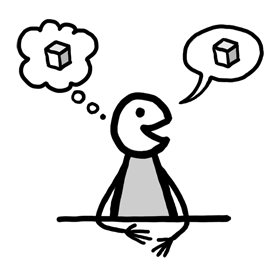 This is about the material you have to memorize: that which you can cram and must remember.
This is about the material you have to memorize: that which you can cram and must remember.
For example.
Facts and Events
* In which countries was the euro introduced in 2002?
Listings
* What are the most important mineral resources in South Africa?
* How can we fight unemployment?
Definitions / formulas
* How do you calculate a percentage?
* How do you find the direct object in a sentence?
Descriptions
* How does a tachograph work?
T1: Training
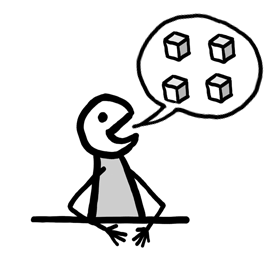 To answer training questions, you use the information of the question or assignment in a familiar situation, the way you have practiced it. The question will be quite similar to exercises you have done before with the subject matter. If you practice it, you’ll eventually know how to do it.
To answer training questions, you use the information of the question or assignment in a familiar situation, the way you have practiced it. The question will be quite similar to exercises you have done before with the subject matter. If you practice it, you’ll eventually know how to do it.
For example.
Solve a problem you’ve practiced
* Calculate 12.5% of USD 2,000.
* Gonorrhea is a venereal disease. Which contraceptive can best be used to prevent the disease?
Look up tables, charts, registers or lists (if you have learned how these work)
* Which mobile phone on this list is the best buy?
Use words and phrases that you have learned
* Write down the weather according to the map: Dans l’ouest de la France …
T2: Transfer
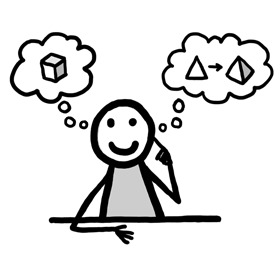 When you use what you have learned in unknown situations, there is a transfer of knowledge from one domain of knowledge to another. You have to decide for yourself which combination of what you have learned and practiced you can best use to solve the problem.
When you use what you have learned in unknown situations, there is a transfer of knowledge from one domain of knowledge to another. You have to decide for yourself which combination of what you have learned and practiced you can best use to solve the problem.
For example.
Explain in your own words
* How do spiders reproduce?
Predict the consequences
* What happens to unemployment when inflation rises?
Interpret facts
* How was James Madison important for the constitution?
I: Insight
 Insight questions go deeper into the material. You need to form connections, and understand and solve problems that go completely beyond what you have learned and practiced in the classroom, that is: you have to think from different new perspectives.
Insight questions go deeper into the material. You need to form connections, and understand and solve problems that go completely beyond what you have learned and practiced in the classroom, that is: you have to think from different new perspectives.
For example.
Solve a problem
A family has a monthly income of USD 5,750. They spend $1,050 on F&B, and $1,900 on rent. Is their income below the poverty line?
Explain / Prepare
Mosquitoes bite pregnant women more often than non-pregnant women. Some people believe that mosquitoes are attracted to carbon dioxide. Pregnant women seem to exhale 20% more carbon dioxide than non-pregnant women. Explain why pregnant women exhale more carbon dioxide than non-pregnant women.
Parameters of test questions
Here you see the four cognitive categories in light of the various parameters.
If you have ever had to memorize something but didn’t, it’s difficult to use logic to compensate: You have to know the result or you’ll fail.
For insight questions, the situation is reversed: the answer cannot be recalled from memory: you must instead use reason, and combine facts and methods. It could be that your teacher talked about the topic at hand, but it may very well be that it was only a related topic.
| Learning environment | R | T1 | T2 | I |
|---|---|---|---|---|
| Assignment | Provided | Provided | Provided | Provided |
| Teaching material | Provided | Provided | Provided | Can be provided |
| Situation | Provided | Provided | Provided | Not provided |
| Procedure | Provided | Provided | Not provided | Not provided |
| Result | Provided | Not provided | Not provided | Not provided |
What is the most natural way for you to learn something?
Knowing your approach to learning is a great advantage. It is the starting point for you to expand to the other cognitive categories – and you have to practice with all of them. For example, it is useless to try to tackle a math problem that requires insight with only the facts you have learned.
Often times, it is not the subject matter itself that is difficult, instead it is not knowing how to solve it.
